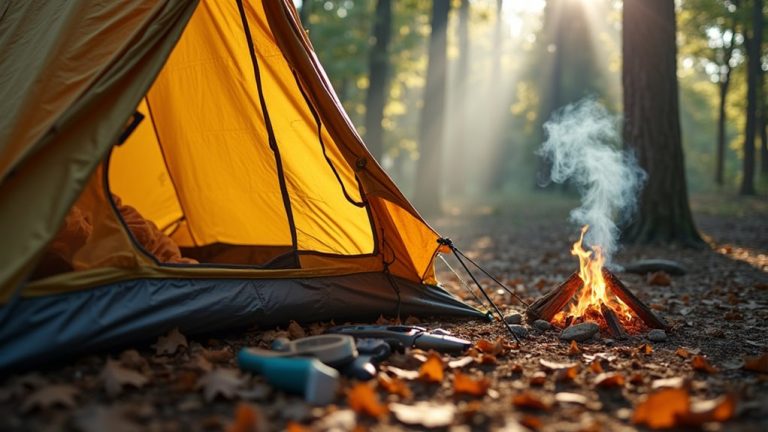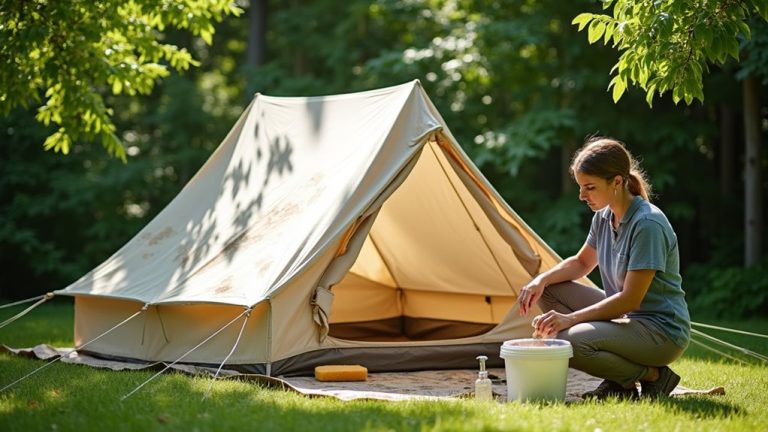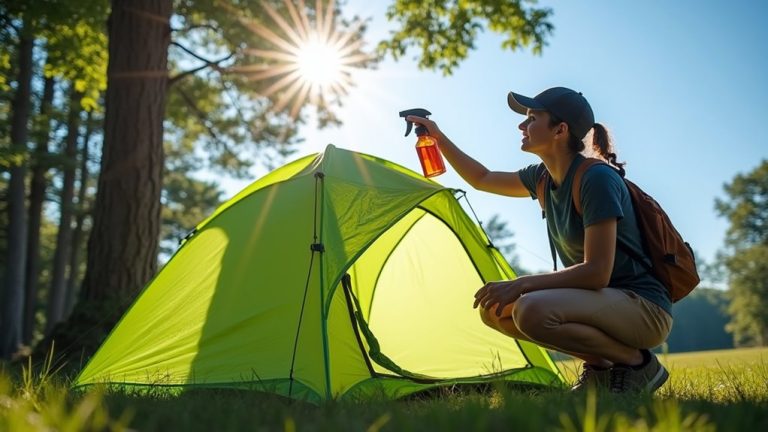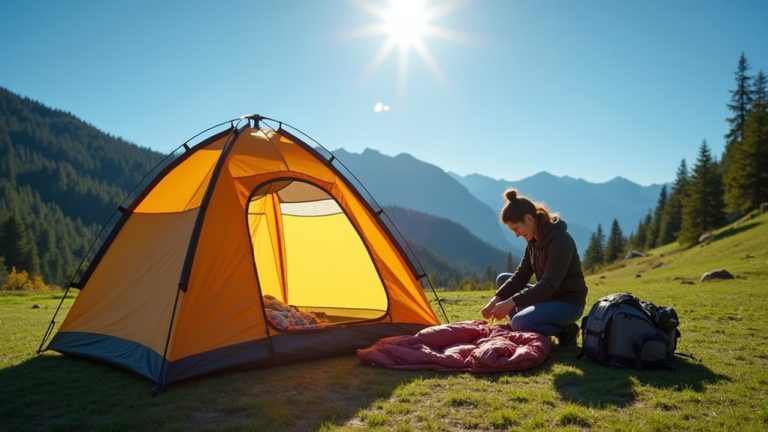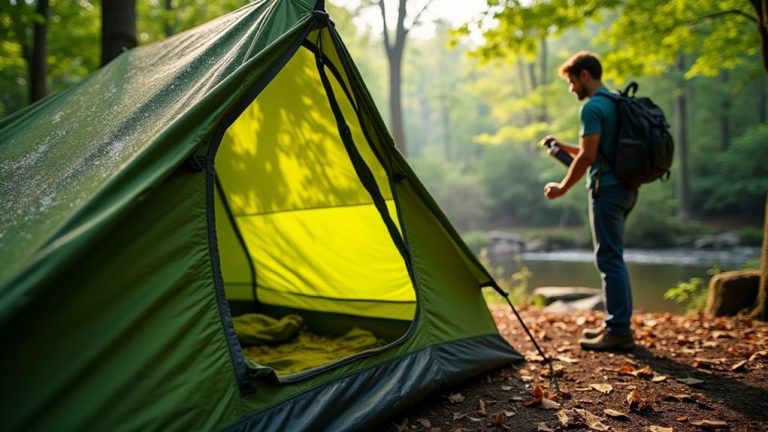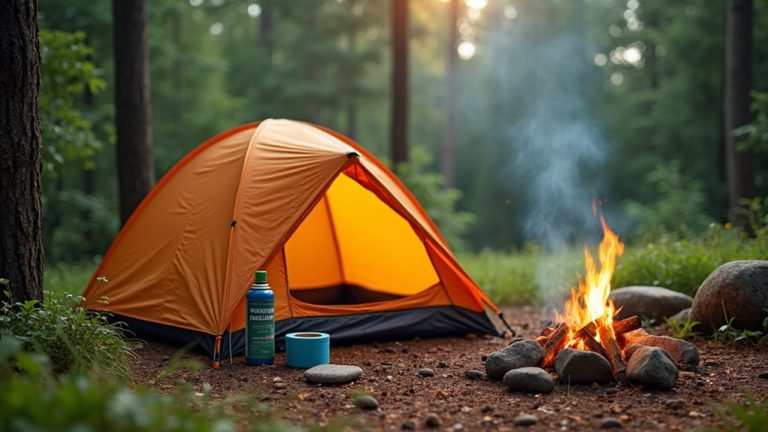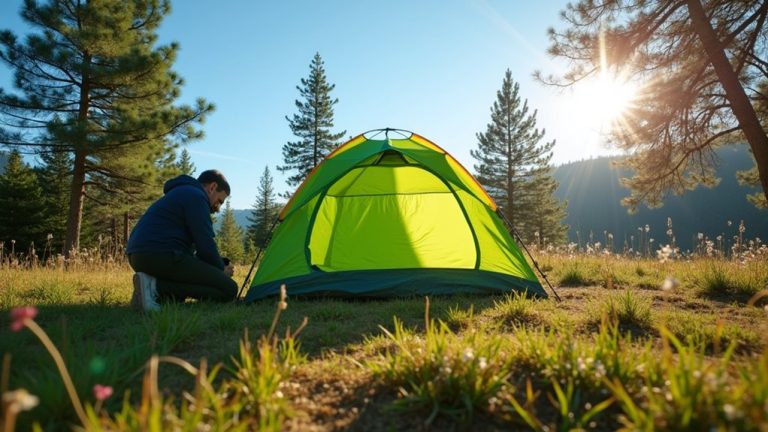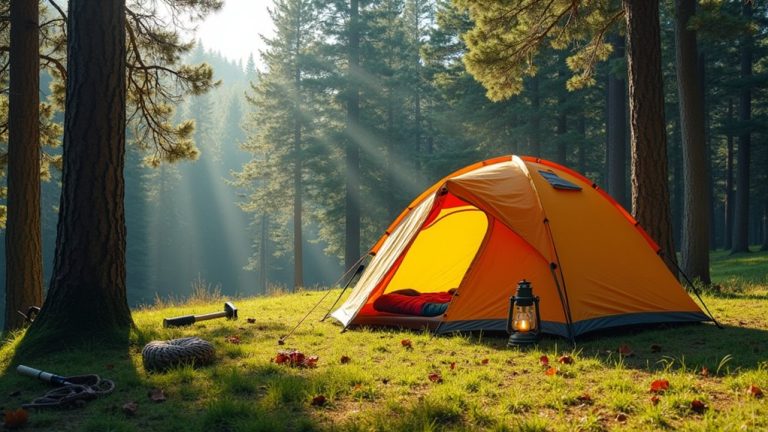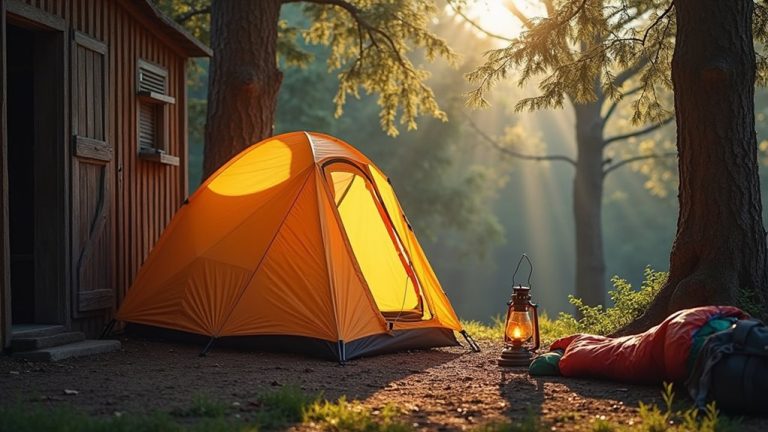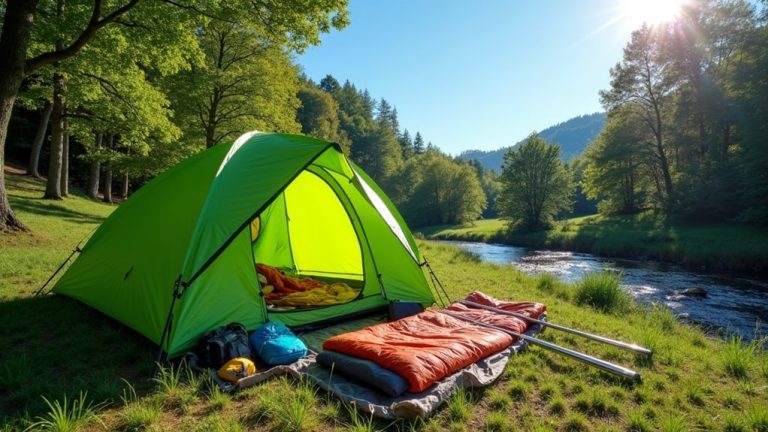How To Repair A Tear In A Tent
Repairing a tear in your tent is simple. First, clean the torn area using a soft brush and mild soap. Small tears need a TEAR-AID Type A patch or strong glue. Large tears require sewing with a lock-stitch for best strength. Match the fabric edges carefully before fixing. Press the patch hard to avoid air bubbles. Use waterproof glue around the patch to keep water out. Let the glue dry for at least 24 hours. This method can save your tent from bigger damage. Need more help? Many videos and guides show easy repair tips.

